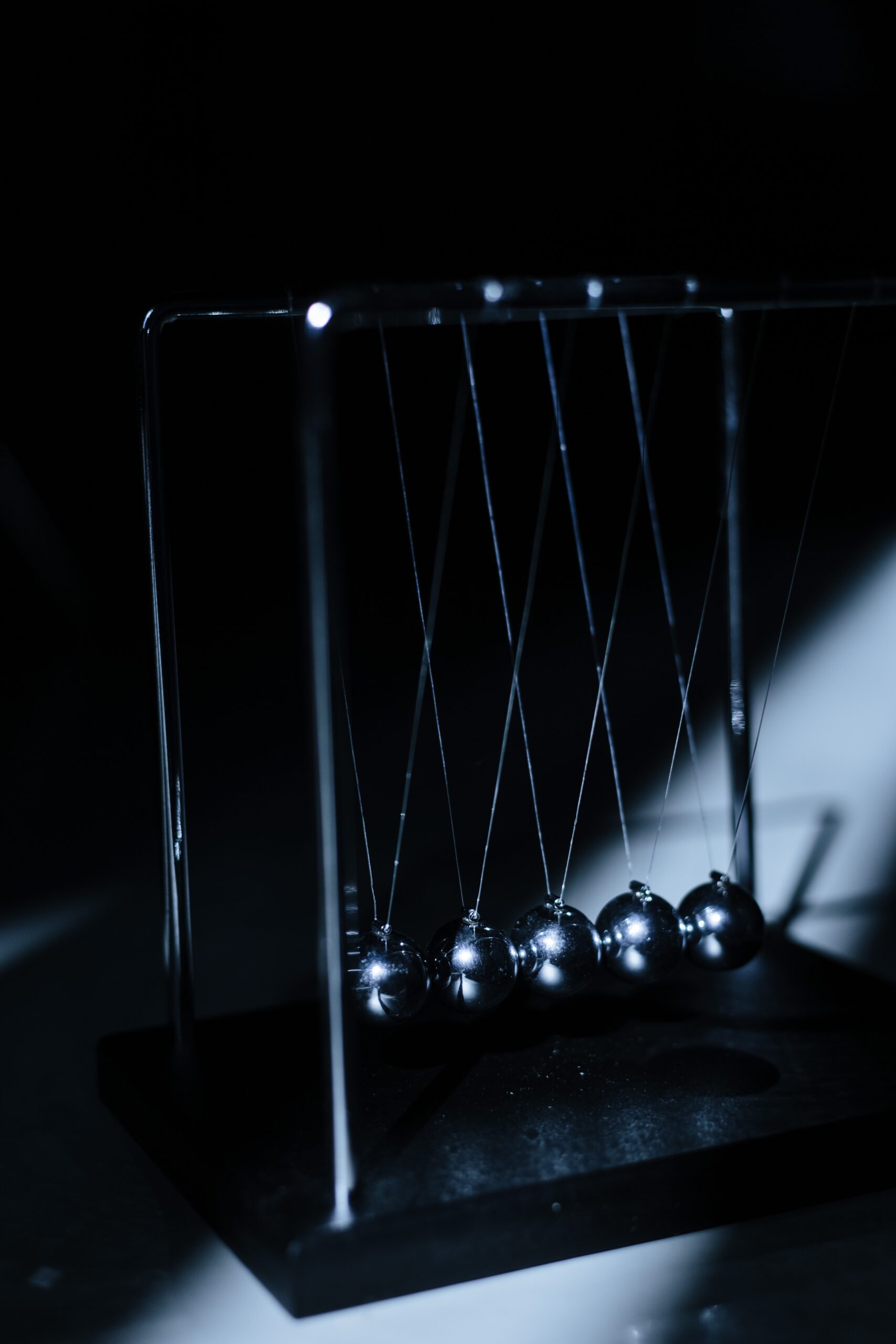Pendulums swing. I get it. Some new idea comes around and we want to implement it yesterday. Then we tire of it, or find it’s not working the way we want, and we return, borrowing the title from the 1973 Streisand/Redford movie, to “The Way We Were”. Our reaction, our “correction”, actually takes us backwards.
There is no industry more fraught with pendulum swings than education. How many times do we hear a “return to basics” or the “three Rs” is a panacea to the world's ills? However, education has also had its share of progressive approaches that were supposed to be “the answer”, but never got off the ground either. Looking at the diverse and wide array of approaches to learning can seem very confusing. What do we do?
In Richard J. Smith’s I Ching: A Biography, he talks about cultivating a “middle way”, or a “preferred way”, which is a recognition that the multiplicity of views, values and practices comes from “oneness”, a oneness in the I Ching known as the Tao. The oneness in schooling is doing right by our students, preparing them well for the world they will face. Regardless of your thoughts on the three Rs or progressive education institutions, the intent of both comes from this one, overarching goal of education. The preferred way eliminates the chaos and confusion of deciding what type of school your child should attend, which is why it is the philosophy behind Holy Name of Mary College School’s academic programme.
Post-secondary institutions still lean towards older, more traditional ways of teaching and learning. It’s also a truism that to perform innovatively, the fundamental basics are still required. This is why a student’s journey through HNMCS will see them learning from a teacher up at the board sometimes; writing tests, exams and essays sometimes; and learning from textbooks sometimes. However, to keep our students abreast with the latest and greatest, their time at HNMCS will also see them learning beyond and without textbooks; learning virtually; taking place-based, interdisciplinary and independent courses; and learning using the newest pedagogies, such as personalized learning, project based learning, and flipped classrooms. HNMCS combines traditional educational practices with those that are on the cutting edge of pedagogy to build capacity in students so they can work and thrive in both environments, as well as all the ones in between.
The HNMCS pendulum does swing, but not too much. And when it does, it does so with intention and strategy so our students can thrive in whatever environment in which they find themselves.
- Ryan Baker, Director of Academics

